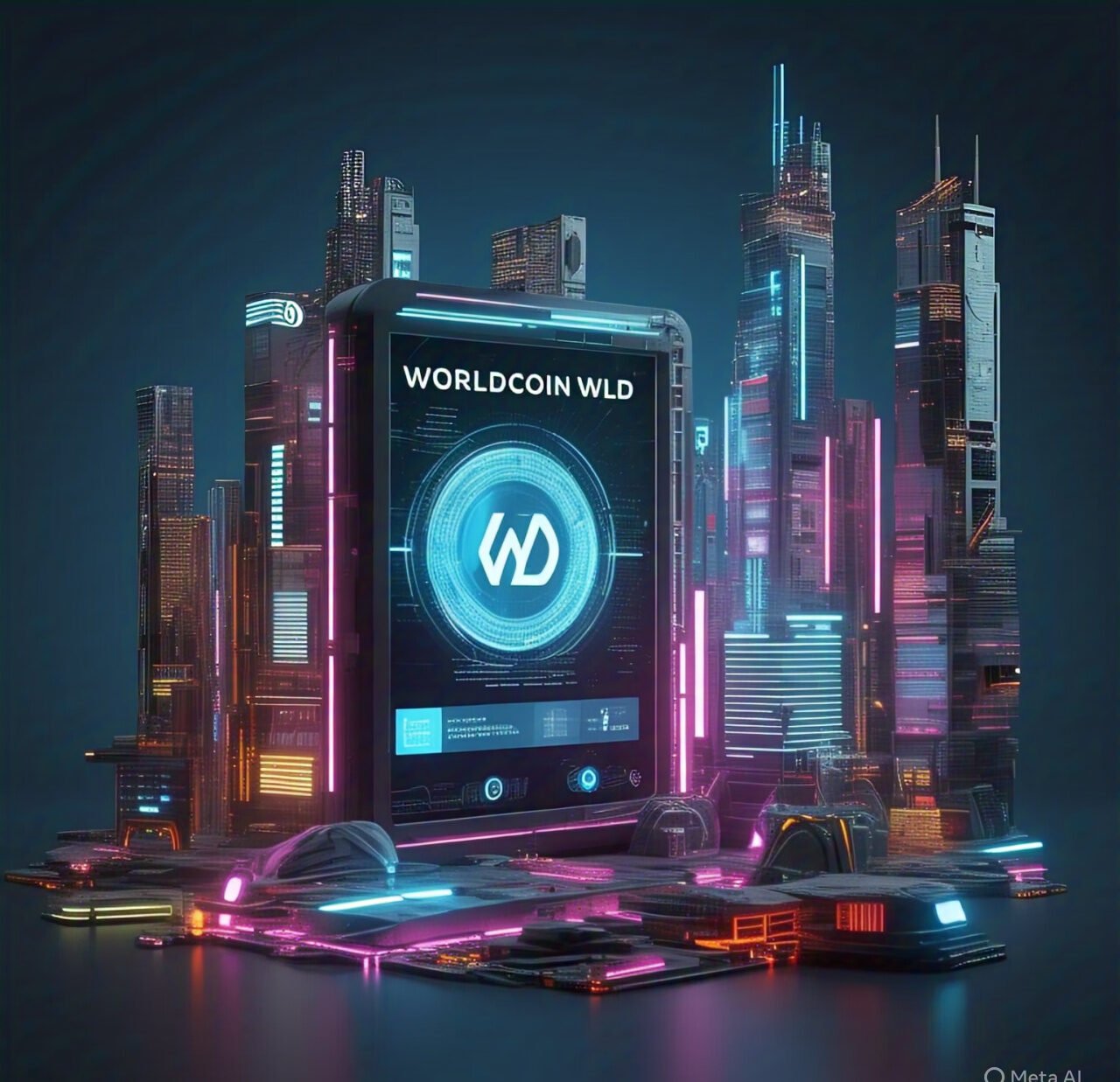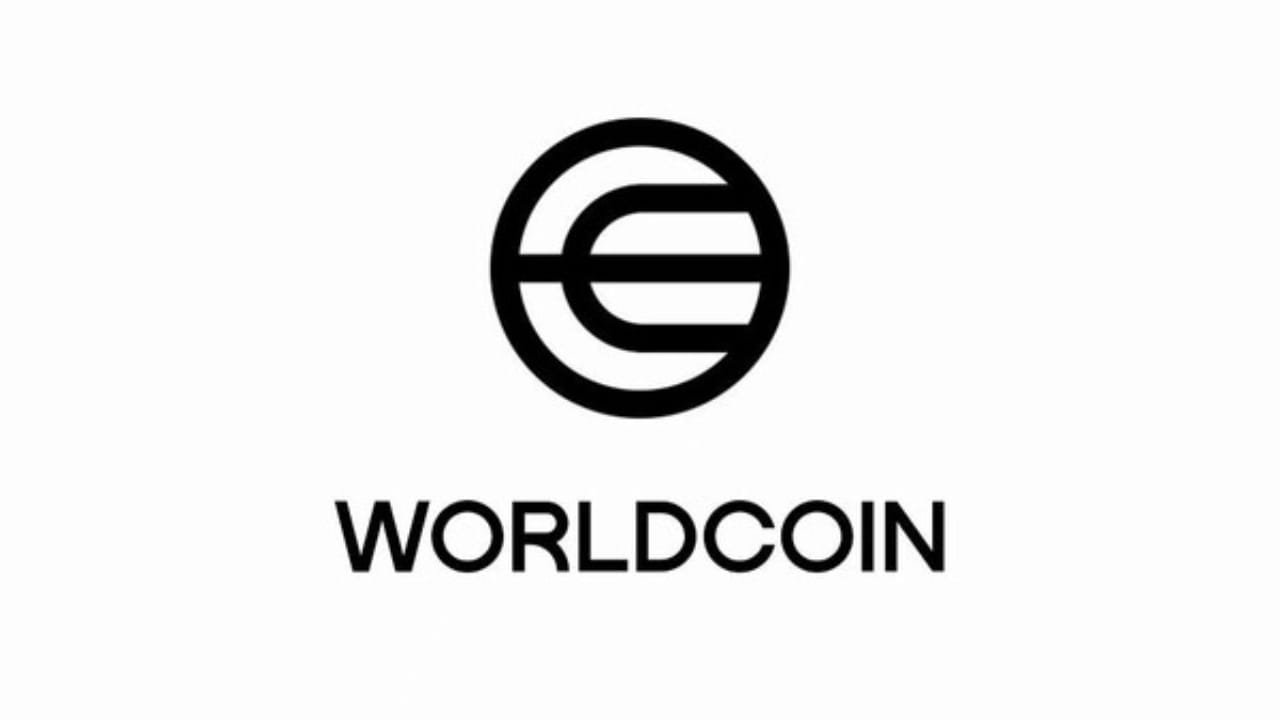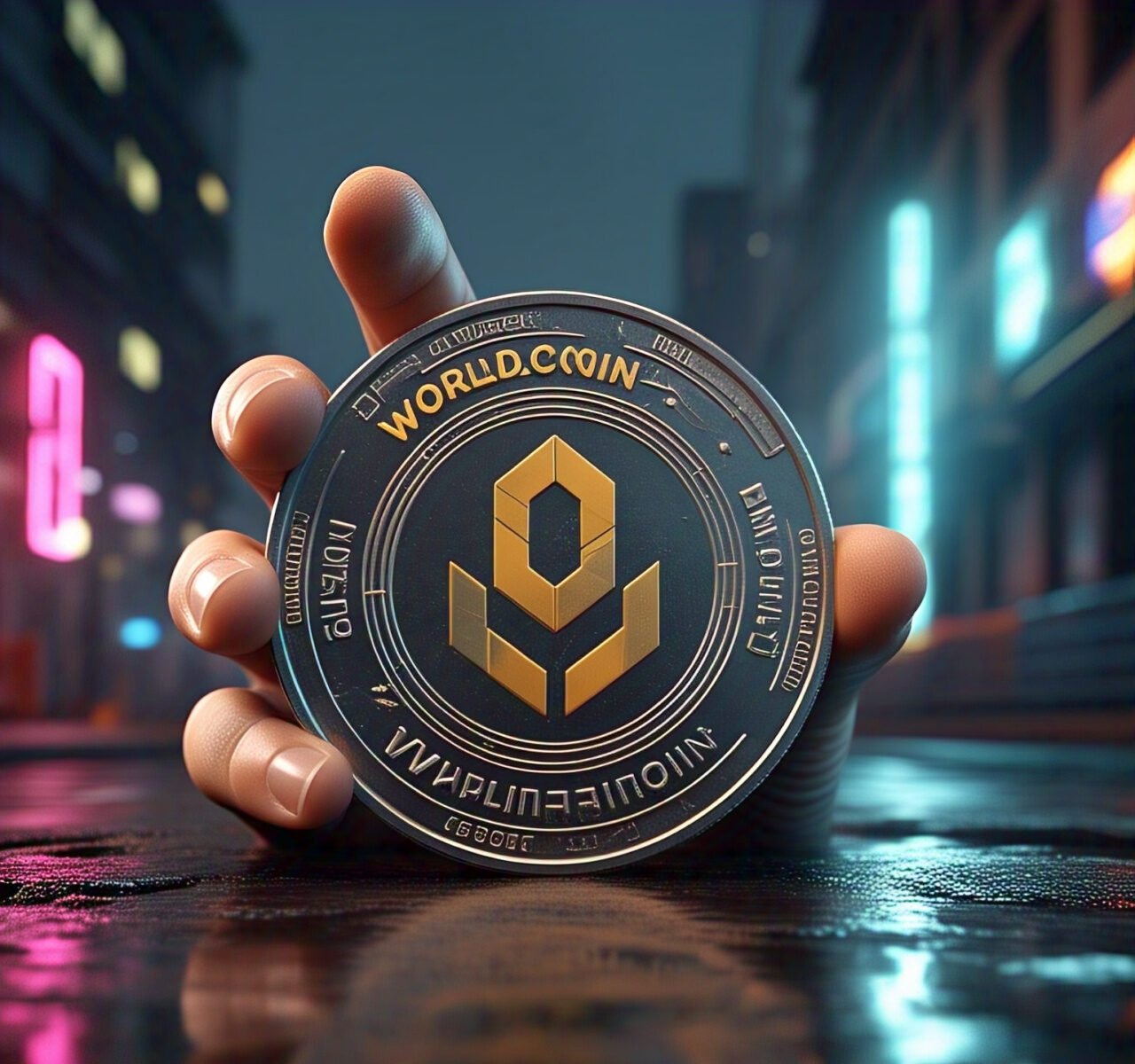Worldcoin WLD: Biometric Digital Identity and Cryptocurrency

WLD Worldcoin has become a trailblazing project attracting worldwide interest in the fast-changing scene of digital currencies and distributed identity systems. Worldcoin’s ambitious aim to develop a universally accessible digital identity mixed with a new kind of money positions it as a transforming agent as the world progressively moves toward integrating Blockchain Technology with daily life.
This article provides a thorough, SEO-optimized analysis that addresses various user intentions surrounding this topic, exploring the project’s basic innovations, recent developments, problems, and prospects in excellent depth using the newest WLD Worldcoin news.
Worldcoin: Global Digital Identity and Inclusive Cryptocurrency
Fundamentally, Worldcoin is an ambitious blockchain initiative co-founded by OpenAI CEO Sam Altman to create a worldwide, inclusive digital economy. Unlike traditional cryptocurrencies, which are concentrated on financial transactions, Worldcoin uniquely combines biometric identity verification utilizing iris scanning technology to guarantee every person gets a single, verifiable digital identity. This program addresses problems with identity theft, fraud, and obstacles to using digital services.

WLD, the project’s original token, is the cryptocurrency used for transactions in the Worldcoin ecosystem. Worldcoin envisions a fair and dispersed digital currency distribution that can scale worldwide by releasing WLD tokens in exchange for biometric identification verification. The idea provides a universal digital identity that opens access to financial services and beyond; therefore, it addresses the prevalent issue of unbanked populations.
Worldcoin’s Global Biometric ID Expansion and DeFi Integration
Worldcoin has expanded its biometric verification activities over several continents, including notable pilot programs in Africa, Asia, and sections of Europe, in the most recent wave of news. Physical devices known as “Orbs”—specialized hardware meant to record iris scans—have drawn excitement and criticism. These Orbs maintain privacy rules while confirming distinct human IDs, representing a technological advance. Every iris scan is encrypted and turned into a different digital ID to guarantee that no personal biometric data is kept centrally, addressing several privacy issues detractors express.
Worldcoin revealed in March 2025 the successful onboarding of more than two million users worldwide, a historic achievement proving their increasing adoption. With support from prominent venture capital companies focused on blockchain and fintech, the token sale of WLD also drew significant investor interest. By allowing holders to engage in lending, staking, and governance inside the expanding ecosystem, the integration of Worldcoin with distributed finance (DeFi) systems has significantly extended the value of the WLD token.
Worldcoin has also recently teamed up with numerous humanitarian groups to investigate uses in refugee identification and relief delivery. This project highlights the potential applications beyond financial services by utilizing biometric digital identity to enhance efficiency and transparency in humanitarian aid efforts.
Worldcoin’s Biometric Privacy and Compliance
Notwithstanding its creative idea, Worldcoin faces many difficulties, mainly regarding privacy, ethics, and regulatory compliance. Using biometric data always raises questions about data security, monitoring, and abuse. Privacy supporters have demanded strong rules and openness on the handling, storing, and protecting biometric data from breaches.
Regulatory uncertainty across several countries presents yet another challenge for Worldcoin. Worldcoin’s biometric technique adds even more intricacy as governments worldwide struggle with Bitcoin rules. Authorities want to ensure that such identity-based systems follow anti-money laundering (AML) and know-your-customer (KYC) rules without violating civil freedoms.
Moreover, there are also issues with inclusiveness, especially in areas with insufficient digital infrastructure. Engaging in the Worldcoin ecosystem may be difficult for populations without cellphones or consistent internet access. By enhancing access to Orbs and creating user-friendly mobile apps that enable more general use, the company is actively trying to minimize these concerns.
Worldcoin’s Role in Digital Identity
Looking ahead, Worldcoin wants to present itself at the junction of Web3 technology, distributed finance, and digital identification. The project’s roadmap calls for improvements to its identity verification system, the spread of token value in different digital environments, and a closer connection with AI-powered applications.

Key players, including Sam Altman and others engaged with Worldcoin, underline how the initiative may democratize access to digital resources. Users could open prospects in worldwide e-commerce, social platforms, healthcare, and government services by depending more on trusted digital identities and offering safe and certified identification.
The expanding ecosystem of Worldcoin will probably inspire fresh ideas in blockchain interoperability and privacy-preserving technologies, including zero-knowledge proofs. Worldcoin’s biometric methodology presents a convincing substitute for conventional, less secure identity verification systems as distributed identity solutions become increasingly crucial in Web3 architectures.
Worldcoin: Technology, Ethics, Adoption
Searching for WLD Worldcoin news, users often have different goals, ranging from technical information and financial possibilities to privacy concerns and ethical discussions. This paper addresses these goals by weaving together essential phrases such as “biometric digital identity,” ” Cryptocurrencies adoption,” “blockchain interoperability,” “decentralized finance,” and “privacy concerns in biometric crypto.”
Semantic term clusters—”Worldcoin token distribution,” “Orb biometric scanning technology,” “Sam Altman cryptocurrency projects,” and “regulatory challenges in blockchain”—improve subject relevance and search visibility. Contextualizing these terms inside a logical story helps the material function as an authoritative source for readers looking for both basic and advanced knowledge on Worldcoin.
Final thoughts
Linking this article internally to other blockchain-oriented content—such as guides on cryptocurrency investing, explanations of distributed finance, and papers on biometric security technologies—would give readers a complete learning path for increased user engagement and SEO benefits.
References should come from outside authoritative sources such as CoinDesk, The Block, and official Worldcoin communications. Linking to the websites of relevant regulatory agencies and privacy advocacy groups will also enhance the credibility and comprehensiveness of the post.
